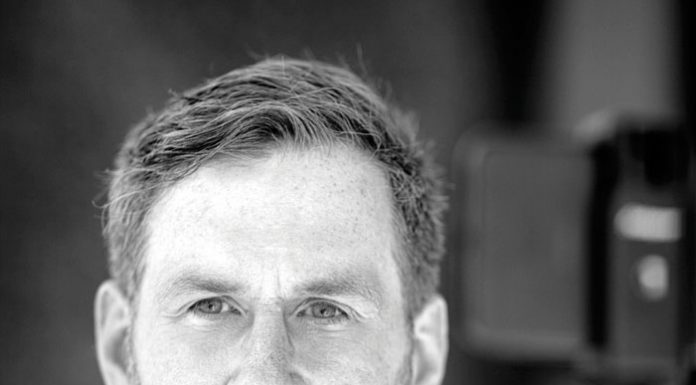Here we are, well into hurricane season, when weather buffs (and sukkah owners) carefully follow news reports about impending nor’easters with bated breath. And are informed of the various “models” claiming to predict the paths of storms.
Meteorologists’ maps of an approaching hurricane often include colored lines indicating the projected paths of the storm as predicted by different computer models, each based on its own sets of data and particular methodology. The combined yield looks suspiciously like, though considerably less appetizing than, spaghetti. Only one model (if that) will end up “winning” the prediction contest. And, as likely as not, the next storm around, a different model, based on different calculations, will emerge as the retroactively prophetic one.
The models are, of course, made possible by utilizing massive computer power, voluminous data and advanced logarithms—sets of instructions. Those instructions are designed to take into account many of the changing variables of dynamic situations like storms.
Amazing, to be sure. Also imperfect, as unrealized weather predictions, and resultant ruined picnics, routinely demonstrate.
That imperfection applies not only to predictions of the weather but of the climate—long-term scenarios of global weather patterns—as well.
Dr. Iddo Wernick has worked for decades on measuring and analyzing how technology systems influence societal resource consumption and the natural environment. He is currently a Senior Research Associate at The Rockefeller University’s Program for the Human Environment.
And he recently wrote an article about computer models’ “prophecies,” warning about how “we have convinced ourselves that we can understand and control how events will unfold.”
He obviously is not so convinced.
“The illusion of control,” he asserts, “has steadily advanced as computers have allowed us to create virtual worlds where humans control the flow of data and the rules of the game.”
But, he notes, “All virtual worlds are, by definition, self-consistent” and hence inherently limited. What’s more, they simply cannot take into account every bit of data, some of which, even if minor, can yield substantive influence on outcomes.
Dr. Wernick also points out that one fairly easily measurable factor in climate predictions is human-generated CO2; and so, computer models place great emphasis, and perhaps overemphasis, on carbon’s role in influencing climate change.
That, he contends, ends up allowing governments to feel justified to favor less efficient and less reliable energy technologies over hydrocarbon fuels.
Something else that Dr. Wernick points out is how technologies projected to satisfy future energy demands will necessarily take tolls of their own. The mass production of electric vehicles, for instance, a mainstay of the current future-facing agenda, will require mining for the rare metals that the vehicles’ thousand-pound battery packs require, and, down the road, so to speak, will necessitate significant additions to the current electrical grid.
The upshot of the professor’s article is that, despite how “quantitative models feed the human need for mastery,” much about the future, like, one might add, about life in general, is unpredictable. We may have models, certainly, and they can be useful. But, in the end, they will always remain less than perfectly reliable—and the future, ultimately, unknown.
It’s not just the weather and climate that elude predictability. History cannot be foreseen either.
In the aggregate, empires and nations rise and fall, never to rise again. That’s the standard model. Populations are exiled from their lands and never return. Ditto.
Those are the “natural” rules of history. If we fed a supercomputer all the data available about the Qing Dynasty, the Roman, Mongol, Ottoman and British Empires, and the scores of other powers that ruled huge swaths of earth for long periods of time, the machine would likely predict the eventual dire fate of all nations today. But it would not be a perfect prediction.
Because there is a variable all but lost in the mountains of data: klal Yisrael.
In the time of the Beis Hamikdash, on Shemini Atzeres, after the offering of the Sukkos korbanos of 70 parim representing the nations of the world, a single par, representing a singular nation, was offered.
Singular, because it has never fit the “model,” and it never will.
To read more, subscribe to Ami





















